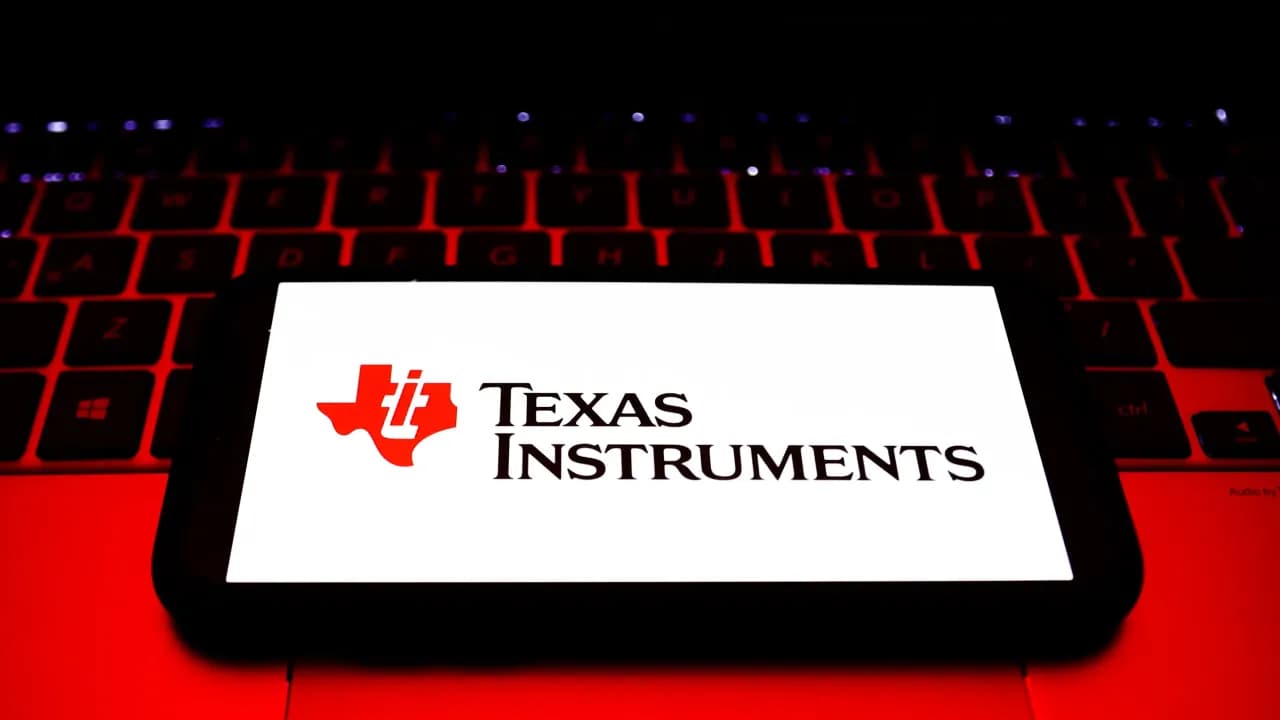The company said its seven factories will span three manufacturing mega-sites and manufacture “hundreds of millions” of U.S.-made chips daily, while creating over 60,000 new U.S. jobs.
Texas Instruments (TXN) announced on Wednesday that it plans to invest more than $60 billion to build and expand seven semiconductor factories in Texas and Utah, amid President Donald Trump’s push for more chipmakers to manufacture in the country.

The seven factories will span three manufacturing mega-sites, according to the company, which said they will manufacture “hundreds of millions” of U.S.-made chips daily and create over 60,000 new U.S. jobs. The first new factory in Sherman, Texas, began production earlier this year, with additional facilities under construction.
Texas Instruments’ stock gained over 1% after the opening bell on Wednesday. Stocktwits data showed that retail sentiment improved following the news, flipping to ‘bullish’ from ‘bearish’ a day ago.
The company said this would be its largest investment in foundational semiconductor manufacturing to date.
“TI is building dependable, low-cost 300mm capacity at scale to deliver the analog and embedded processing chips that are vital for nearly every type of electronic system,” said Haviv Ilan, president and CEO of Texas Instruments, highlighting demand from Apple (AAPL), Ford (F), Medtronic (MDT), Nvidia (NVDA) and Elon Musk’s SpaceX.
Texas Instruments is the latest player within the semiconductor industry to announce a large U.S. investment to increase manufacturing after Trump took office in January.
Taiwan Semiconductor Manufacturing Company (TSMC) (TSM) announced it would be investing $100 billion to make chips in the US back in March. Micron Technology (MU) announced an expanded $200 billion investment plan in U.S. manufacturing earlier this month – an increase of $30 billion over previous commitments.
For updates and corrections, email newsroom[at]stocktwits[dot]com.<
Read also: Air India Boeing Crash: Report Says Emergency Power System May Have Deployed Mid-Flight, Raising Engine Failure Concerns
